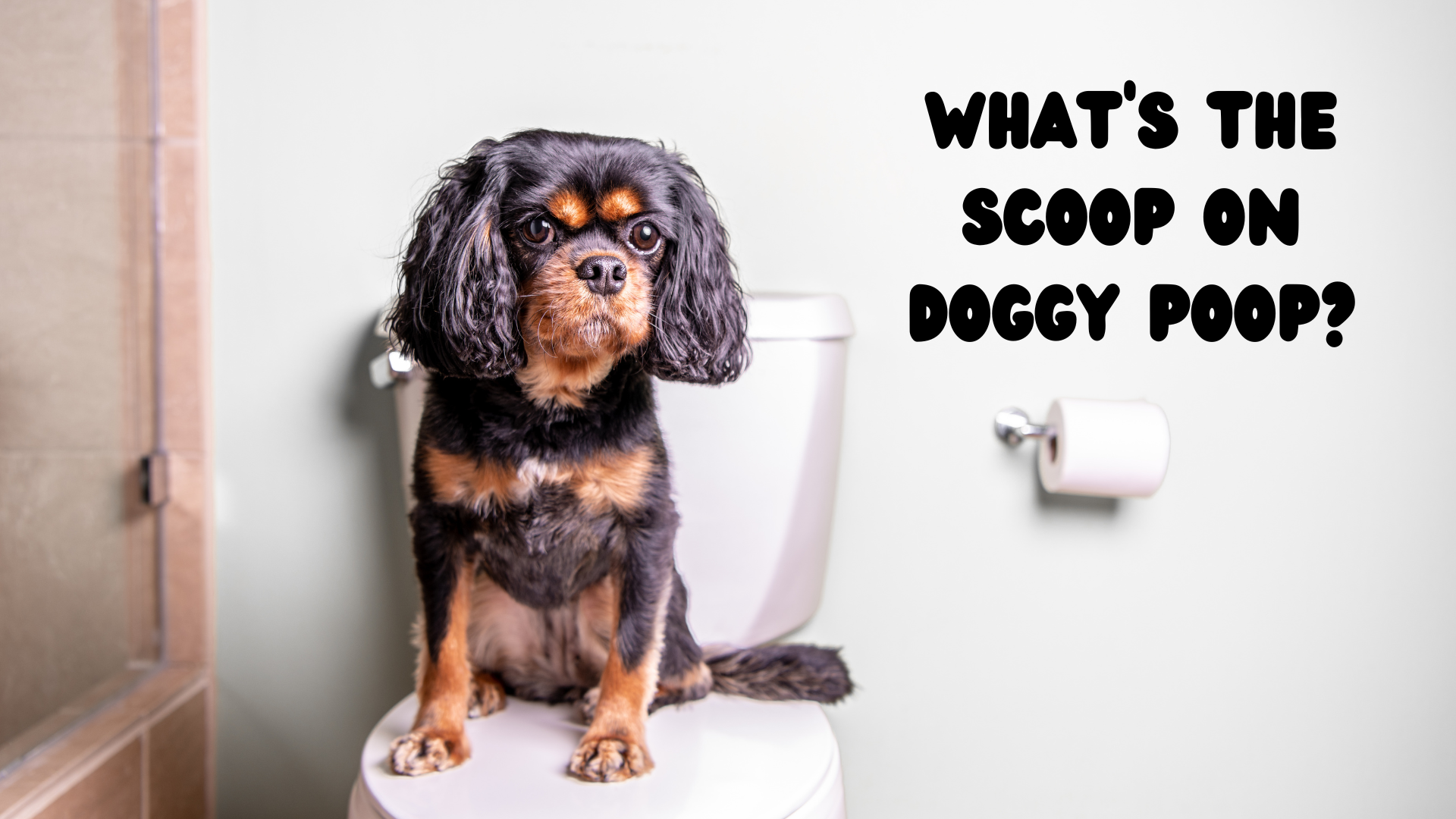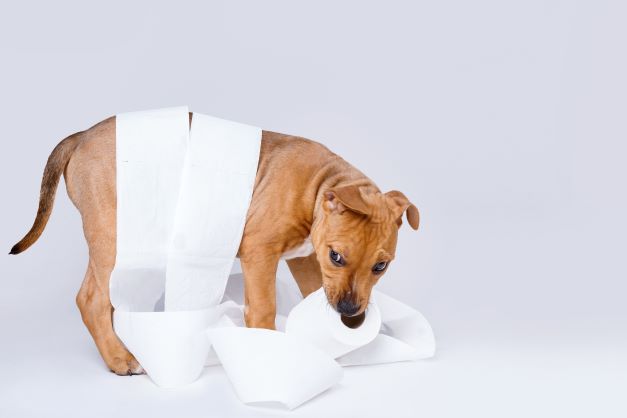What does healthy dog poop look like?

What does healthy dog poop look like?
Dog poo – it’s not exactly the highlight of dog ownership, but your dog’s stool can actually tell you a lot about what’s going on inside their body. Your dog could have a food intolerance, be dehydrated, have worms or be losing blood, and their poo can tell you.
Dog poo will differ dramatically depending on their diet. In this blog post, we take a look at what’s right, what’s wrong, and how you can help your dog pass waste in peace.
But first, what is poo?
Poo is the waste product of the food that animals (including us!) eat. Once food has been digested and all of the nutrients have been absorbed, the body excretes it as faeces (a.k.a. poo!). Healthy poo mostly consists of water, fibre, bacteria and bile, and it can look and smell different for different animals.
So, what should dog poo look like?
Dogs fed kibble or other commercial foods may produce large quantities of looser, smellier poo. Kibble/ tinned fed dogs often produce larger poos because of the undigestible ingredients often found in commercially available foods.
Believe it or not, dog poo should not actually stink! Naturally, as a waste product it will have a mild odour to it, but this should not be strong. Particularly foul-smelling poop can be a sign of digestive distress.

Never pooh-pooh the importance of poop!
Ever wondered what’s right when it comes to your dog’s doodoo? Take a look at our excrement examples to see how your dog’s shape up!
- Runny, loose poo can suggest that your dog isn’t getting enough bone in their diet, or that they are stressed.
- Firm poo that is black or ‘tarry’ may mean that your dog is eating too much offal, or that they are losing blood somewhere in their digestive tract.
- Soft, sloppy poo with visible white bits or mucus tend to mean your dog has worms or parasites.
- Crumbly poo which is small and white could mean your dog is eating too much bone (or calcium).
- Large volume poo which is soft and has ‘bits’ in it is typical for kibble fed dogs and could suggest a food intolerance.
- Small, firm, brown poo with little odour is typical of a raw fed dog.
- Yellow, greasy poo can suggest your dog is consuming too much fat.
Constipation and diarrhoea
Like humans, constipation and diarrhoea are two common digestive complaints in dogs.
- Constipation can happen for many reasons, including when a dog ingests objects which are not easily digested (such as bone, grass or hair), lack of exercise, lack of fibre, trauma or disease. Water, exercise and stool softeners can help constipation, as well as adjusting what the dog is eating.
- Diarrhoea can occur due to illness, stress, sudden diet changes, or eating something that upsets the stomach. Fasting your dog, keeping them hydrated and introducing basic, single-protein foods whilst their stomach settles can help.
If your dog needs some additional support to regulate their movements, take a look at our Leo & Wolf Mineral Moor Mud. This popular supplement supports gastrointestinal activity and healthy digestion, as well as stimulating appetite.
If your dog’s constipation or diarrhoea doesn’t get better in a few days, or if you notice fresh blood in your dog’s poo, please seek medical advice to rule out anything serious.
Did our blog post help you answer the question “What does healthy dog poop look like?”? Healthy dog poo is just one of the benefits of feeding a biologically appropriate diet, like Nutriment. Get in touch with our team for free advice if you have any questions about your dog’s diet!
Oh, and please be a good dog owner by always picking up your dog’s poop! Stock up on super strong bags here.





